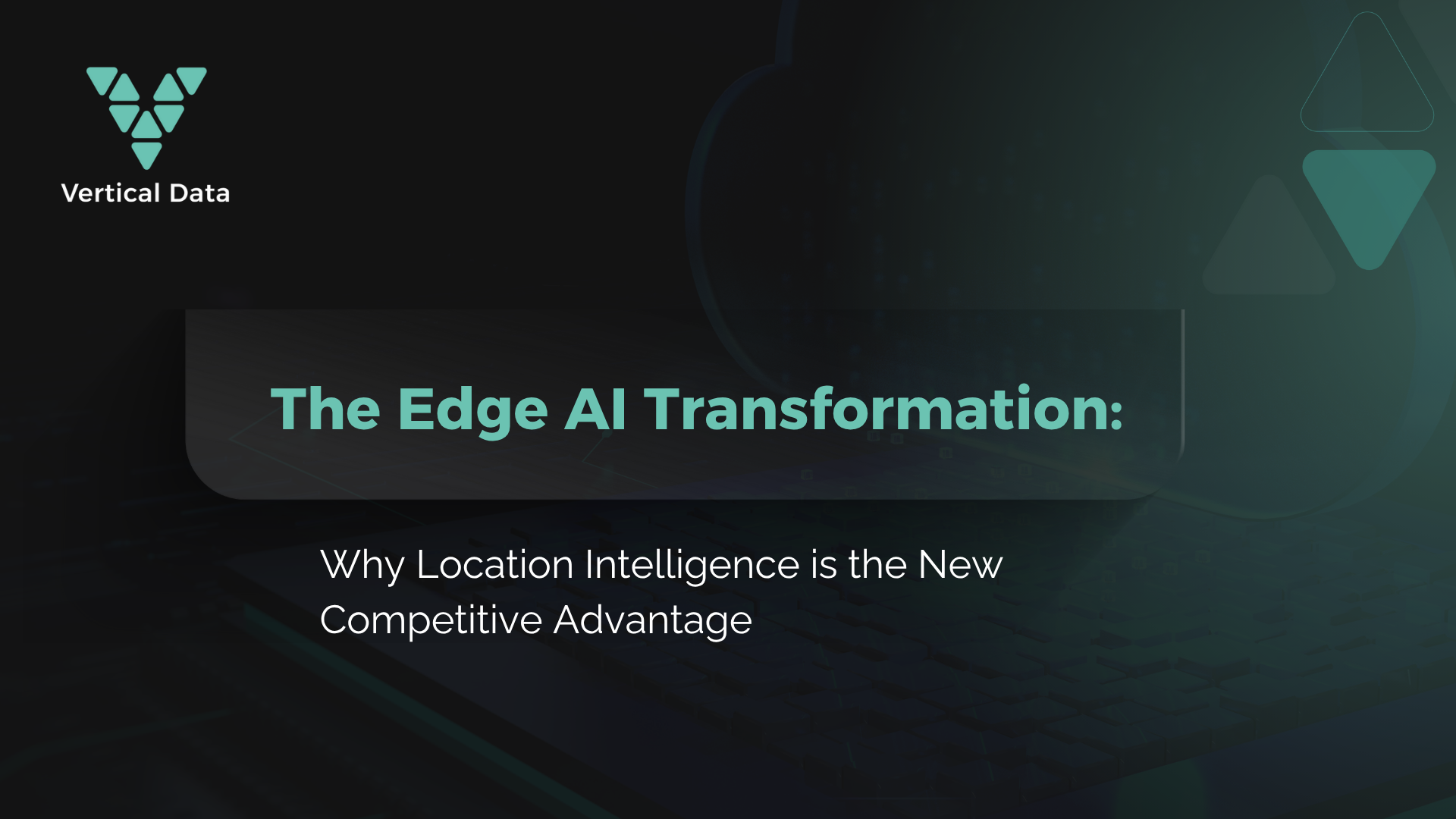The artificial intelligence landscape is experiencing a fundamental shift. While cloud-based AI has dominated headlines for years, a quieter transformation is taking place at the edge, where data is generated and decisions must be made in milliseconds, not minutes. This evolution isn’t just about faster processing; it’s about reimagining how location and proximity create competitive advantages in an increasingly connected world.
The Numbers Tell the Story
The edge AI market has reached a tipping point. Valued at 20.78 billion in 2024, industry analysts project explosive growth to 66.47 billion by 2030, representing a compound annual growth rate of 21.7%. But these figures only scratch the surface of a deeper transformation happening across industries.
What’s driving this surge? The answer lies in a simple yet powerful concept: latency matters more than ever. In our hyperconnected economy, the difference between processing data locally versus sending it to a distant cloud server can mean the difference between success and failure, safety and danger, profit and loss.
When Every Millisecond Counts
Consider the autonomous vehicle navigating a busy intersection. When its sensors detect a pedestrian stepping into the crosswalk, there’s no time to send that data to a cloud server hundreds of miles away, wait for processing, and receive instructions back. The vehicle’s edge AI system must process this information locally, make a decision, and act, all within milliseconds.
This isn’t theoretical. Financial institutions implementing edge computing solutions have reported an average 69% reduction in transaction processing times. In manufacturing, companies are seeing return on investment within 12-18 months, with some achieving an average ROI of 184% over three years through edge computing implementations.
The Location Intelligence Advantage
But edge AI’s true power emerges when combined with location intelligence, the strategic understanding of where to deploy computing resources for maximum impact. This isn’t simply about placing servers closer to users; it’s about creating a sophisticated network of decision-making nodes that understand context, geography, and local conditions.
Smart retailers are already capitalizing on this advantage. Edge AI systems in stores can instantly detect when checkout lines grow too long, automatically alerting staff or opening additional registers. They monitor inventory levels in real-time, identifying when popular items need restocking before shelves go empty. These systems analyze foot traffic patterns, helping optimize store layouts and product placement, all without sending sensitive customer data to external servers.
The privacy implications alone create competitive advantages. With edge AI processing data locally, retailers can gain insights while maintaining strict data privacy standards, particularly valuable as regulations like GDPR make data handling increasingly complex.
Manufacturing’s Edge Transformation
Manufacturing represents perhaps the most compelling case for edge AI’s transformative potential. Modern factories generate enormous amounts of data from sensors, cameras, and IoT devices. Traditional approaches required sending this data to centralized systems for analysis, creating delays that could mean the difference between catching a quality issue early and discovering it after thousands of defective products have been produced.
Edge AI changes this equation entirely. Smart cameras equipped with computer vision can detect product defects in real-time, immediately stopping production lines when issues arise. Predictive maintenance systems analyze equipment vibrations, temperatures, and performance metrics locally, predicting failures before they occur. One manufacturer reported that their edge computing investment paid off within nine months due to increased productivity and cost savings.
The Strategic Geography of AI
Location intelligence in the edge AI era extends beyond individual facilities to encompass entire geographic strategies. Companies are discovering that proximity to major metropolitan areas offers unique advantages for edge deployment. These locations provide the perfect balance of high-speed connectivity, skilled workforce availability, and proximity to customer concentrations.
Edge sites near major metro areas become strategic assets, enabling companies to serve customers with ultra-low latency while maintaining access to the infrastructure and talent pools necessary for sophisticated AI operations. This geographic positioning creates sustainable competitive advantages that are difficult for competitors to replicate quickly.
Looking Forward
The edge AI transformation represents more than a technological shift, it’s a fundamental reimagining of how businesses can leverage location and proximity to create value. As the market continues its rapid expansion toward $378 billion in edge computing spending by 2028, organizations that understand and implement location intelligence strategies will find themselves with significant competitive advantages.
The companies winning in this new landscape aren’t necessarily those with the most advanced AI algorithms or the largest data centers. They’re the ones that understand where to deploy their intelligence for maximum impact, creating networks of smart, responsive systems that can adapt to local conditions and customer needs in real-time.
In this edge-driven future, location isn’t just about real estate, it’s about intelligence, strategy, and the ability to make the right decisions at the right place at the right time.
